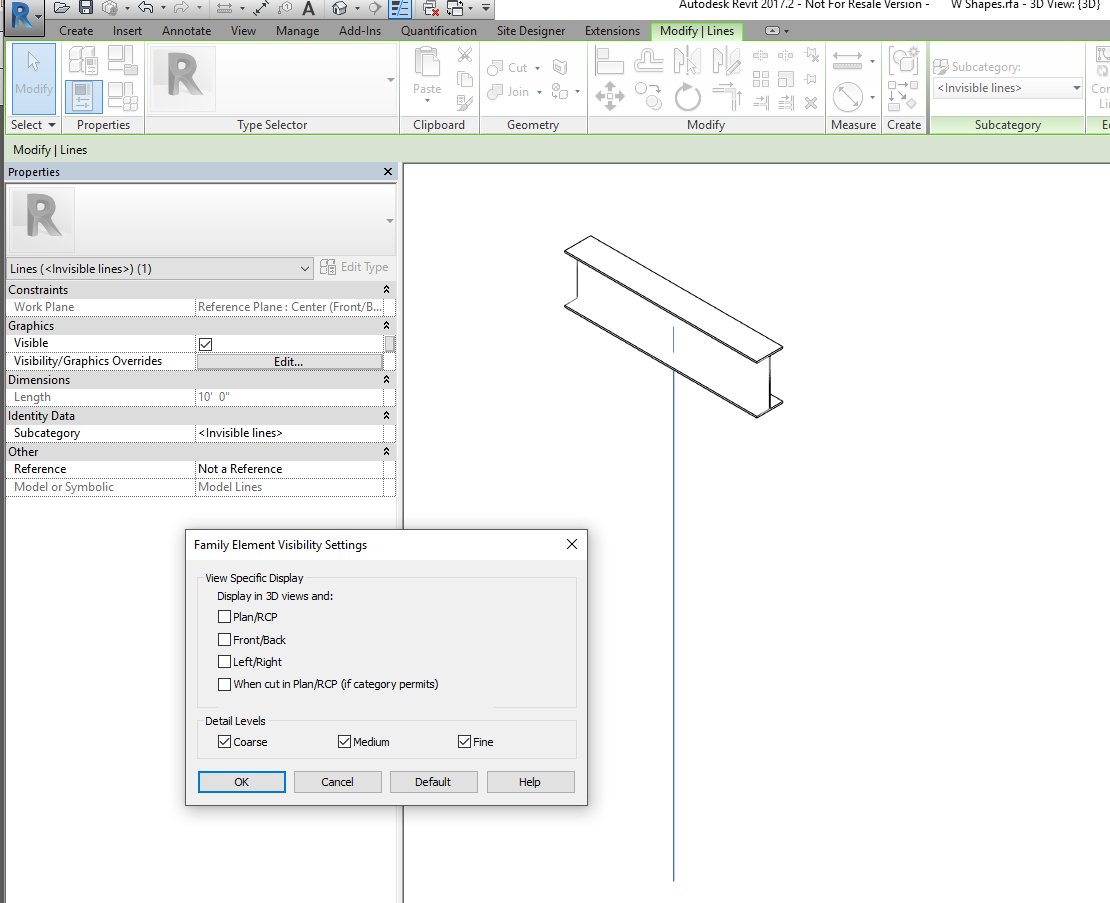The horizontal planes are top cut plane and bottom.
How to clip a roof plane in revit.
You can resize the viewing area of an elevation by resizing the clip planes.
In the following elevation blue highlighting indicates elements that are below the cut plane and above the bottom clip plane.
Clip planes define the boundaries for an elevation view.
This video goes over the steps to clean up two different roof elements.
Use the far clip offset parameter to specify the distance of the far clip plane from the elevation head or the section line.
On the properties palette under extents find the depth clipping parameter.
The depth clipping dialog displays.
In a plan view select the elevation tag arrowhead.
Go to end view of roof elevation face on to new named ref plane select roof by extrusion the select new named ref plane from drop box.
The top and bottom clip planes represent the topmost and bottommost portion of the view range.
Resize the viewing area of an elevation by dragging clip plane end points.
Elements below the cut plane and above the bottom clip plane.
The cut plane is a plane that determines at what height certain elements in the view are shown cut.
Click the button in the value column.
The clip planes for the elevation display in the drawing area.
This video goes over the steps to clean up two different roof elements.
These 3 planes define the primary range of the view range.
In the project browser select the plan view you want to cut by the back clip plane.
The plan view on the right shows the following.
Elements beyond the far clip plane are excluded from the view.
This method is worth learning so when plane moves everything goes with it.
Use the far clipping parameter for the view to activate the feature and to specify the clipping style.
This video demonstrates how to use clip planes and auto levels in visicon.
The depth clipping parameter is available for plan and site views.

